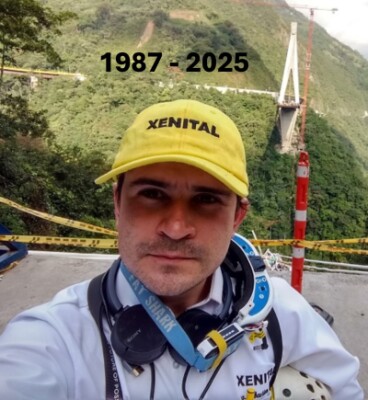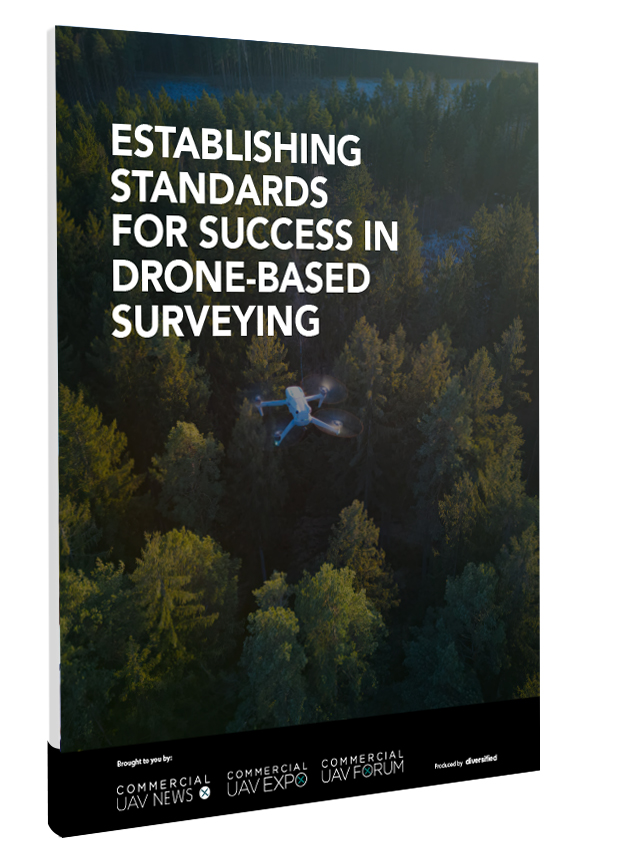On February 23rd the FAA hosted its first safety seminar covering drones in South Florida. The event was called "Drones Flying Around Us: An Introduction and Overview of Unmanned Aircraft Systems (UAS) and 14 CFR Part 107.” It was held at the Daher-Socata hangar located in the Pompano Beach Airpark airport (KPMP) where 40 attendees and four presenters shared two hours of information-packed presentations and lengthy, and sometimes contentious, Q & A sessions.
The idea behind these safety sessions about drones that are set to be held around the country is to bring UAV operators together with the established manned aircraft community, most of whom think about aircrafts of any size and type in an aviation setting, preferably an airport. It’s an important distinction, as many UAV operators, whether they’re commercial operators or hobbyists, are new to the space.
The seminar is part of the safety initiative known as
WINGS created by the FAA to enhance safe flying attitudes, and is aimed at bringing together the General Aviation (GA) community and the nascent and growing UAV community. The purpose is to examine and discuss topics such as runway incursions, controlled flight into terrain and any other area that the agency deemed necessary to improve safety amongst non-professional pilots. It’s difficult to believe, but very few UAV operators and users have ever been to a GA airport and they find the experience to be an eye opener in terms of knowing the people behind the phone line and perhaps behind the radio.
At the session in the Daher-Socata hangar, the crowd was welcomed by Steven Rocco, the manager of Pompano Beach Airpark and also from Bruce Pelly, the Tower manager, who handles requests and notifications from people operating hobby drones in the vicinity of the airport. The presenters included Amanda Quevedo of the FAA Miami FSDO (Flight Standards District Office), Rick Wygant of the South Florida Drone User Group, Josué Tirado, a land surveyor of the Miami-Dade County Public Works’ Division and members of the above mentioned management team at the Pompano airport. The agenda included topics in the areas of UAV’s integration in Urban areas, operations in the National Airspace System (A, B, C, D), FAA regulations, certifications, and documents involved with UAV’s and basic aerodynamic / performance limitations pertaining to drones.

Josue Tirado
After the introductions, the meeting began with a testimonial by Josué Tirado, a certified land surveyor who works for the Miami-Dade County Public Works’ department. Drones have transformed his job, as areas that would have taken him weeks to survey before can now be done in an hour. Despite that efficiency, Tirado stressed the fact that current regulations and airspace restrictions make every mission and every flight an endless array of preparations and permits.
The next topic was a joint presentation by Amanda Quevedo and Rick Wygant, who also owns a local drone operator and an expert in obtaining waivers and Certificates of Authorization (COA’s) and Certificates of Waiver (COW’s). Wygant presented the audience with the experience of requesting COA’s and COW’s from the perspective of the requester while Quevedo responded with the view from the FAA.

Amanda Quevedo
It was a fascinating exchange of what to do and what to avoid when approaching the FAA for a permit to fly in controlled airspace. Questions came fast and furious from an audience composed from veteran commercial operators as well as hobbyists who bought their drones recently or received them as gifts during the holidays. The variety of questions and the uniformity of the answers made the exchange very informative and the fact that Wygant and Quevedo had the FAA/UAS website up on the screen made the explanations easy to follow as well as the misunderstandings easy to point out and clarify.
Wygant and Quevedo emphasized the fact that every piece of information they discussed is available on the
FAA UAS website. They wanted to make sure everyone understood that the first step should be to register your UAV. After doing so, operators should obtain the drone pilot certificate and finally familiarize themselves with the waivers and flying authorizations that the FAA has established to allow commercial operators do their jobs.

Rick Wygant
The Q&A session focused mainly on the issues surrounding obtaining COA’s and COW’s for commercial flights around sensitive areas and controlled airspace. The variety and intensity of the questions revealed that there’s a vibrant and growing community of commercial drone users in South Florida and that these operators want to do the right thing and comply with current regulations.
The FAA is holding these safety seminars all over the country constantly, so I encourage you to go to the
FAA Safety Seminars page and register with your zip code, so you will be notified of any upcoming events in your area. These events are normally very informal, open to the public and there’s always food, snacks and drinks (non-alcoholic, of course J) for the attendees.
By attending these seminars and by slowly integrating into the existing family of manned aircraft, the UAV community will find it easier to integrate into a shared airspace once the FAA completes its assessment on how to add drones to the controlled airspace over the country. By getting familiar with the local airport and the local flying community, UAV operators will only accelerate this integration.


















Comments